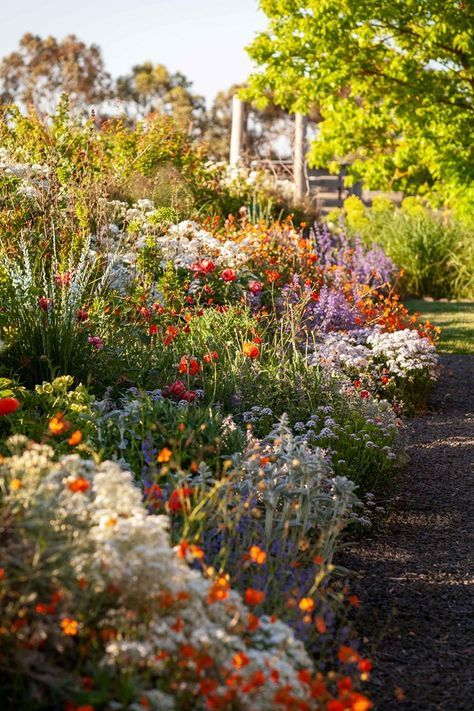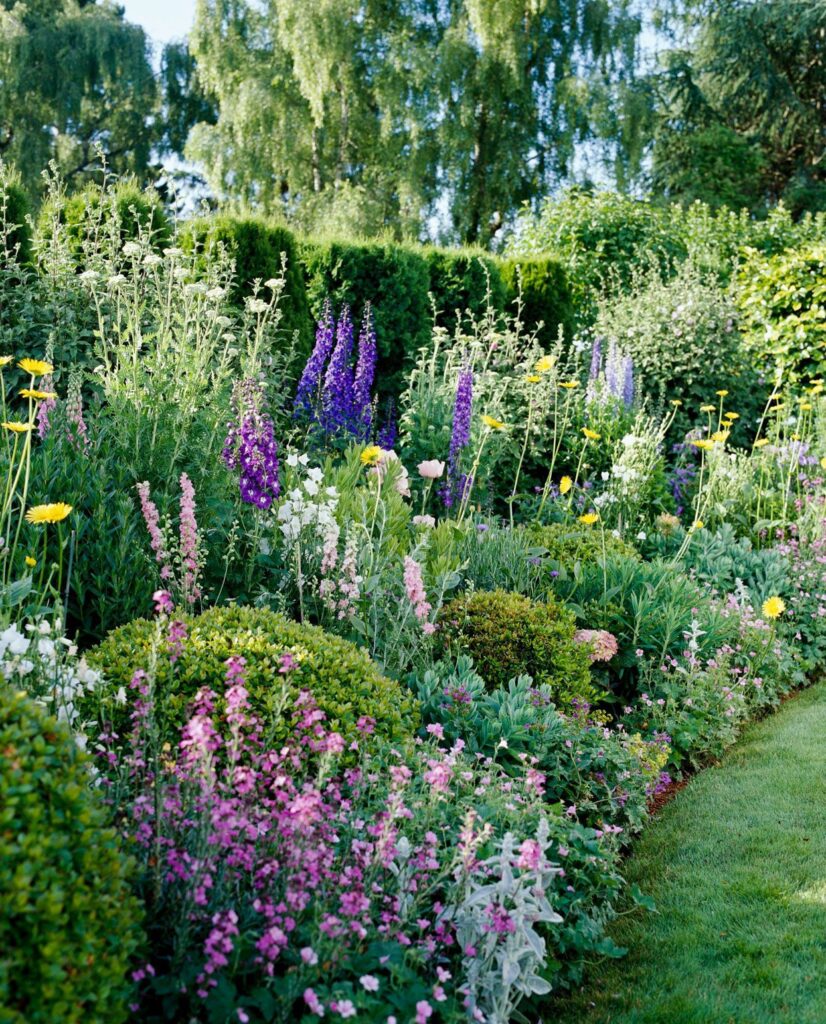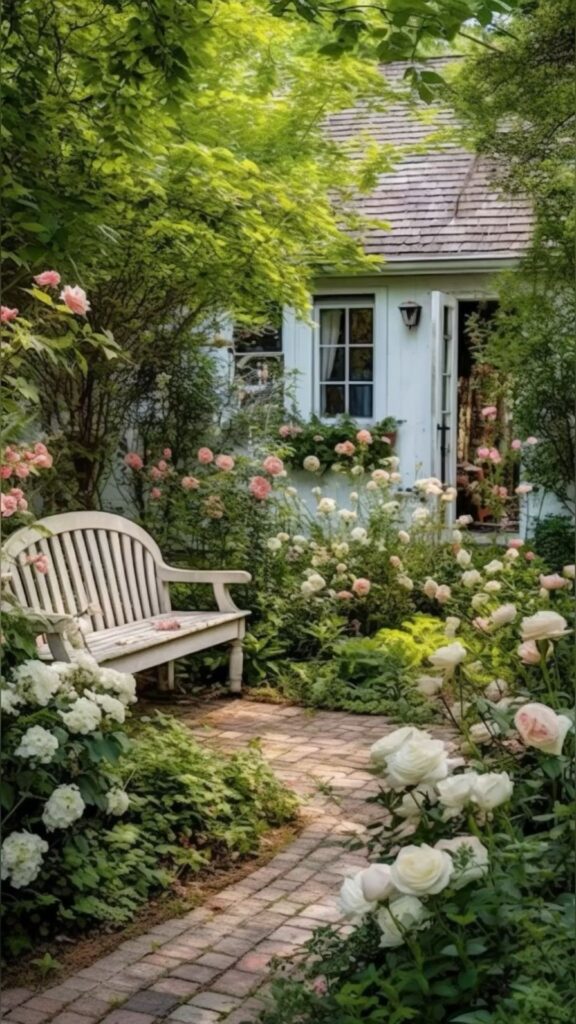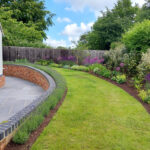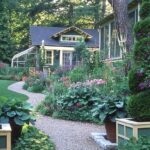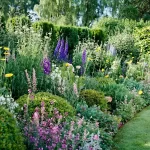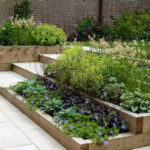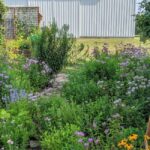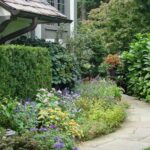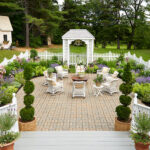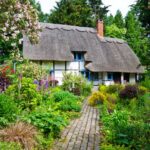Cottage garden design is a popular and timeless style that is known for its charming and romantic appeal. This style of gardening is characterized by its informal and naturalistic layout, as well as its abundance of colorful flowers and lush greenery. Cottage gardens are typically designed to look like they have been around for years, with a mix of traditional and eclectic elements that create a sense of nostalgia and nostalgia.
One of the key elements of cottage garden design is the use of a wide variety of plants. In a cottage garden, plants are typically allowed to grow freely and naturally, creating a lush and unstructured look. Flowers of all shapes, sizes, and colors are often mixed together in a harmonious and pleasing way, creating a riot of color and texture. Popular cottage garden plants include roses, lavender, foxgloves, hollyhocks, and delphiniums.
In addition to a wide variety of plants, cottage gardens also often include charming and whimsical elements such as trellises, arbors, and rustic fences. These structures help to define the space and give the garden a sense of coziness and intimacy. Other common features of cottage gardens include winding pathways, informal seating areas, and small ponds or water features.
Cottage gardens are designed to be low-maintenance and easy to care for, making them a perfect choice for busy homeowners who want a beautiful garden without a lot of work. In a cottage garden, plants are often allowed to naturalize and spread on their own, reducing the need for frequent pruning and trimming. Mulching with organic materials such as compost or wood chips can help to suppress weeds and retain moisture in the soil, reducing the need for watering.
When planning a cottage garden, it’s important to consider the overall layout and flow of the space. Cottage gardens typically have a relaxed and informal feel, with plants arranged in a haphazard and unplanned way. However, it’s still important to consider the overall composition and balance of the garden, taking into account factors such as color, texture, and scale. By mixing and matching different plants and structures, you can create a charming and inviting cottage garden that is sure to delight both you and your guests.
